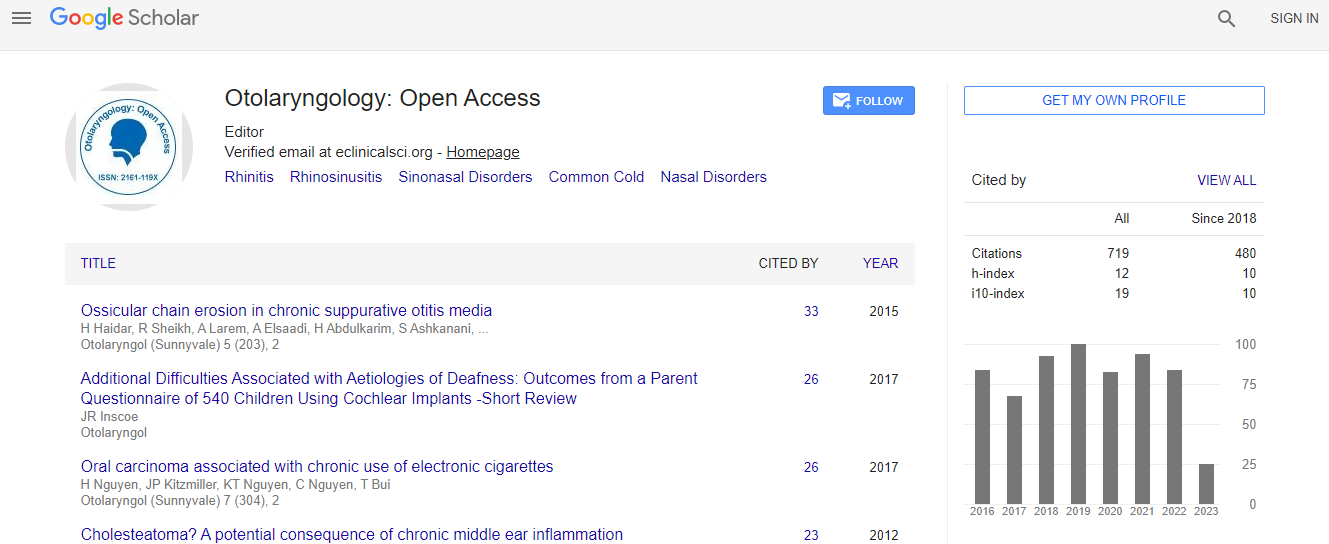Obstructive Sleep Apnea Syndrome and its Co morbid Medical Conditions
*Corresponding Author:
Copyright: © 2020 . This is an open-access article distributed under the terms of the Creative Commons Attribution License, which permits unrestricted use, distribution, and reproduction in any medium, provided the original author and source are credited.
Abstract
sleep apnea syndrome (OSAS) is a common global health disorder which carries multiple medical and social impacts. OSAS is characterized by periodic complete or partial upper airway obstruction during sleep, causing intermittent cessations of breathing (apnea) or reductions in airflow (hypopnea) despite ongoing respiratory effort. It is associated with sleep disorder symptoms including loud snoring, disturbed and frequent wake-up during sleep and excessive daytime sleepiness. Apnea is a Greek word means “without breath”. The disorder is associated with hypertension [1], cardiovascular diseases [2], decreased libido [3] and emotional problems [4]. Unsurprisingly, this disorder has been linked to heart failure [5], myocardial infarction [6], chronic obstructive pulmonary disease (COPD) [7], stroke [8] and motor vehicle crashes [9,10]. Systemic hypertension is very common among the OSAS patients. It constitutes about 56% of OSAS patient having hypertension [11]. Cyclic intermittent hypoxia as experienced at night by OSAS patient leads to sympathetic activation [12]. This sustained sympathoexcitation through augmentation of peripheral chemoreflex sensitivity and stimulation on central sympathetic regulator causing increases of heart rate, cardiac output, peripheral vascular resistance and systemic arterial pressure thus increases the blood pressure [13,14]. Studies worldwide revealed the presence of OSA has been found in 5 to 63% of patients with epilepsy. Patients with neurological disorders seem to have a greater prevalence for sleep disturbance than normal subjects and epilepsy also seemed to have similar preponderance. Miller et al. [30] showed that more than two thirds of patients with epilepsy seen at a university center had complaints regarding sleep. Polysomnographic investigation by Malow et al. [31] showed that nearly one third of patients with medically refractory epilepsy had a respiratory disturbance index of more than 5. Vaughn et al. [32] studied a cohort of 25 patients with intractable epilepsy and found 36% had a respiratory disturbance index of more than 10. Frequency rates were higher in patients with refractory epilepsy or epilepsy patients referred to a sleep center [33,34] and lower [35,36] in unselected populations.

 Spanish
Spanish  Chinese
Chinese  Russian
Russian  German
German  French
French  Japanese
Japanese  Portuguese
Portuguese  Hindi
Hindi 
